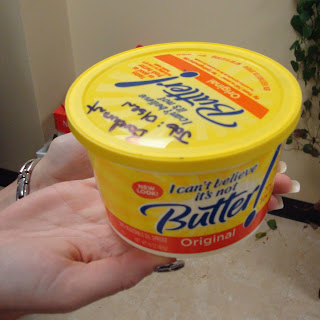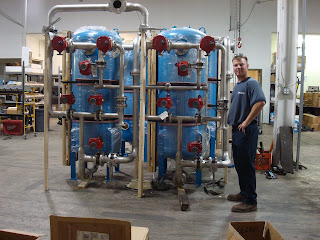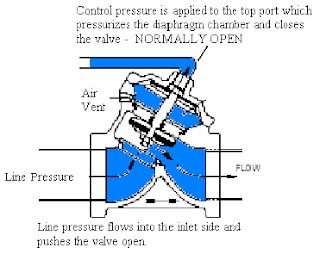The new, single tank condensate polisher will treat up to 140 gpm and since the system uses a highly crosslinked cation exchange resin, the system will operate at a maximum of 185 F. As stated above, the Hach SP510 analyzer will take samples of the treated condensate every two minutes. When the treated condensate reaches 10 ppm a signal will be sent to the DCS in the control room. Depending upon the production schedule, regeneration of the condensate polisher start.
System Features:
Res-Kem has a customizable standard design for our condensate polishers from 20 to 66" in diameter with single to multiple tanks in parallel. All wetted materials of the polisher are manufactured in 304L and 316L stainless steel. The single mineral tank is an ASME-code vessel with a design pressure of 100 psig and test pressure of 130 psig. The valves are Bray butterfly valves with 316L wetted parts. Since we have a customizable standard design we easily accommodated the customer's company-wide standard of HYTORX actuators with position indicators.
 |
| Bray Valve with HYTORX-131 Actuator and Flow Control on Condensate Polisher |
- Sample cooler-Required to operate the Hach hardness analyzers. The maximum operating temperature for these instruments is F. Also, the sample cooler insure accurate measurement of pH in the condensate. Without a sample cooler, the pH will be inaccurately high.
- Hach SP510 Go/No Go hardness analyzer-This unit has multiple ranges which need to be selected when ordering
- Hach APA 6000
- Emerson HYTORX actuators

































